Board Game Review: Skyway Robbery!
August 26, 2014 by crew
Check out the Skyway Robbery Kickstarter!
I am a firm believer that in this consumer-driven age of gaming, crowd funding projects on Kickstarter, IndieGoGo et al give all from the indie one-man workshop to the established company a chance to release a product out of the proverbial left-field, tease and tempt an expectant audience with interesting artwork and send geeks and gamers alike into a frenzy of ‘shiny-syndrome’ and pledge with joyous delight to ultimately say “Yes. I want you to make this product!”
Whether a product gets made/reaches stretch goals/lives up to the expectation is for a different discussion, which I will happily have with people.
When I was given, or rather asked for the chance to test-play and review a prototype game for launch on Kickstarter, Skyway Robbery by Game Salute and designer Philip DuBarry, I was incredibly excited to receive it in the post.
Philip DuBarry is a name in gaming I was pleasantly introduced to last year with the Christmas gift of Revolution! by SJ Games (definitely worth checking out) and was introduced to Game Salute via a game called Epic Death! (If you love Munchkin, Epic Death! is worth getting and even funnier than Munchkin in my opinion).
Additionally, the premise of the game ticked a whole host of my boxes in order for me to play a game.
Steampunk style japes and scrapes? YES. Intriguing game mechanics? YES. Travelling to exotic fantasy locations aboard a Titanic-esque zeppelin? YES. Stealing treasure. YES. Gorgeous artwork. YES. Characters wearing snappy clothing!? YES!
As stated, the version of the game I was given for review was a prototype. The game does require some fine-tuning from playing the game and some of the layout of certain components is a bit messy, it’s better that these are noticed during the early stages, as opposed to being in the end product - again, this goes back to the previously mentioned potential discussion.
So… if a life of steampunk heists, gambits and risk is what you crave, then let us leap into adventure and commit the crimes of… Skyway Robbery!
First Impressions
Upon opening Skyway Robbery, I was bowled away by the components. The artwork is breathtaking.
I have recently plunged head first into the world of steampunk/weird world, but Skyway Robbery does a fantastic job of melding elements of steampunk with that of high fantasy via the overarching board design to the fine detail of the typography on the cards and fluff text. The extra little details that, for all intent and purpose, aren’t required is what sold me on the aesthetics of the game. Each player has a set of actions cards and can do three out of seven actions a turn, however each set of action cards relates to the overall character card, identifiable because the action cards have portraits of the player on them. Game Salute didn’t need to do that but I love that they did.
However, some of these beautiful designs are mish-mash and begin to affect gameplay and the organisation of the components in the game; parts of the board that are in one corner relate to another section of the board that is on the polar opposite side and some of the important symbols relating to how the game is played look very similar. These are small complaints on my behalf as I am colourblind/a neat freak and my friends were able to help with this but a games ability to be replayed is measured on its first few games and simple things such as this can all add up to people being put off.
Don’t let that happen. Your perseverance will reward you with a game that can be played at all kind of social gaming levels. Skyway Robbery manages to encapsulate all level of gamers; it can be played with board-game virgins, right up to meta-breaking savants of the dice and card.
Gameplay
Skyway Robbery is a deceivingly cerebral game. I say this as a good thing. After being immediately drawn in by the beauty of it, I quickly realised how much thought process is required to be able to do things and then you get a great feeling of accomplishment after figuring out that very tricky and hilarious way of doing things.
Let me explain further.
Within each phase of the game, there are a set amount of actions that can be taken by each player. These range from attempting to steal an ancient artefact from a long forgotten kingdom or a heavily guarded citadel, you can do smaller heists aboard the streamline zeppelin itself, you can recruit gang members by either hiring their services for cash, break them out of the ships brig or even rope in some of the airship staff by bribing them, you can flex your bravado and attempt to influence notorious passengers to increase your gangs notoriety or if you are feeling especially devious, you can give a tip-off to the authority above the vessel that a rival gang is going to attempt to steal something.
All of these actions lead towards a commodity called reputation, because what is a nefarious criminal mastermind without his/her reputation? The player with the highest reputation at the end of the game wins and as there are only 5 locations to travel to in any one game, there is definitely a game end; similar games of Skyway Robbery’s level can get into situations where the game drags on and enjoyment wains. Having a finite end to it adds an element of tenseness to it; I found myself panicking over the resources at my disposal and in what order to utilise them and whether it was worth the risk in me doing the big heist, or should I play for a smaller robbery.
One of the game mechanics that heightens the sense of urgency is the staggered turn order and staggering the previously mentioned actions. The first turn of the first location is decided on which player spent less of their starting cash hiring gang members in the setup phase of the game. This balances out the fact they could not afford gang members or didn’t want to buy the ones that were available. Each players chosen actions are then revealed one at a time in a clockwise fashion. When it reaches the last person to reveal their first action, they do so but then immediately reveal their second action card, in doing so that player becomes the first player of the second round.
This may seem very roundabout but when playing the gaming, not only are you trying to decide whether the heists are worth doing, you are thinking if the chance to even attempt said heist is going to reach you, because you might be in last place this turn, so is it worth attempting to scupper someone else’s plans, or hire people in preparation for a larger prize later on. Conversely, if you are the first player in a turn, is it worth rushing and attempting to get the artefact or do you tip off the authorities in order to ruin everyone else’s plans.
As expected with a prototype, there are some faults to the gameplay. Some of the rules require a pictorial reference in the book, along with knowing from the outset how to win the game and knowing other important factors from the get-go, such as the fact that money adds towards your reputation when calculating the scores. The multiple ways in which a player can be the winner is good, but the seemingly innocuous action called “Turf War” where a player influences passengers by beating them up has helped a player to win a game solely by doing that - no attempts at heists, just showed off by having a gang of bruised people.
The big gameplay mechanic that requires work is the risk of heists.
A heist can be done with minimum risk to a players hand of gang-members and items if he/she uses two gang members. These gang members are also limited to using one attached item, ranging from a set of mechanical wings, to a flask of acid. However, using more gang members adds one of the custom dice per extra gang member, to your heist. Certain items and gang members also have something called Loud on their card; using a chainsaw, for example, will help get an aspect of the job done, but it’s going to be heard by the ships staff and security, so again, adds another dice. As mentioned, other players can also add these dice to jobs to yours and everyone else’s pool on a turn. The risk vs. reward conundrum can sway between turns, so knowing when to do certain actions is part of figuring out your plan.
These dice depict either handcuffs, or a man running out of a door. A roll of a handcuff symbol means someone in your gang is arrested and sent to the brig, with the running man meaning your team escaped.
While playing, we believed that one of these dice should be added as a minimum to any job, just to enhance that sense of danger and the feeling that security on the continental journey is ever-present.
Is It Worth Pledging?
That is the big question.
Skyway Robbery is one of those games that everyone could play. I played this game with my gaming group and within the group, we have a broad spectrum of gamers. I tilt towards the kind of gamer who is in it for the social interaction - I was happily drinking bottles of beer, engrossed in the artwork and combinations of cards that were available to me. There are others in my group that tilt towards trying to get the rule-bending combos in the game that leave everyone else astounded and they did achieve that. I wasn’t frustrated that the friend achieved the big heist before me, I was laughing my head off in awe. It allows everyone from younger family members, to older ones, to partners of gamers who may not so be involved in the gaming culture, to come into playing a great game.
Yes, it has it’s flaws, but it’s better that the flaws are at this stage rather than the finished product and releasing a game such as Skyway Robbery through the crowd-funding market allows, as most products released this way do, market interaction. There is nothing more frustrating as a gamer than getting really excited about an upcoming game, buying it and realising that there are flaws, it’s a bit limp-wristed in it’s gameplay, or it’s so confusing, or hasn’t lived up to the promises outlined by the company; by releasing Skyway Robbery on the crowd-fund market, Skyway Robbery will find the market/audience it deserves.
Skyway Robbery is a game worth supporting. The board game crowd-funding market is a competitive one but it is a game that deserves attention, not only for its simultaneously niche and widely appealing artistry but for it’s balance between simple, effective mechanics and logistical planning on the part of the gamer. It is a game that will result in players making tenuous alliances in a power struggle in order to be the supreme criminal of the skies.
If you would like to write an article for Beasts of War then please contact me at [email protected]
"So… if a life of steampunk heists, gambits and risk is what you crave, then let us leap into adventure!"
Supported by (Turn Off)
Supported by (Turn Off)
"Skyway Robbery is one of those games that everyone could play."
Supported by (Turn Off)
































![How To Paint Moonstone’s Nanny | Goblin King Games [7 Days Early Access]](https://images.beastsofwar.com/2024/12/3CU-Gobin-King-Games-Moonstone-Shades-Nanny-coverimage-225-127.jpg)








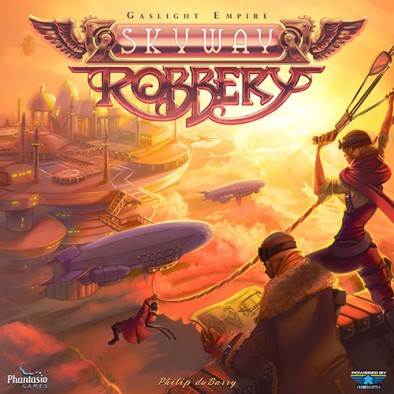

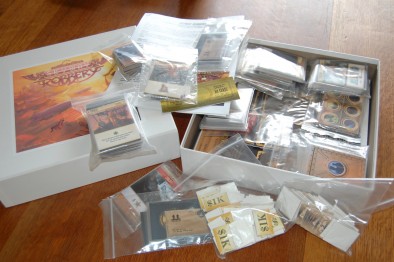
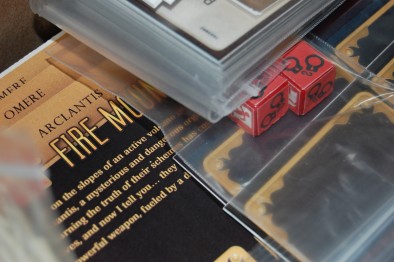
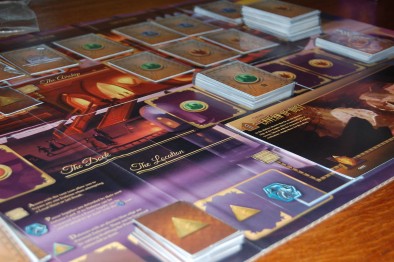
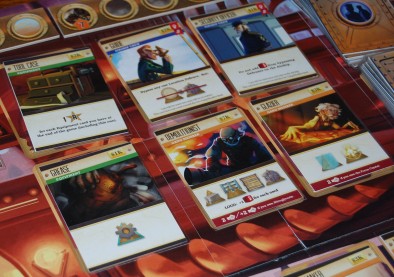
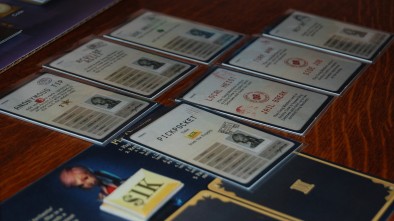
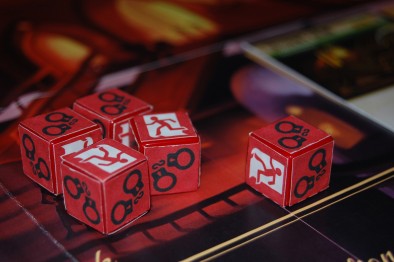

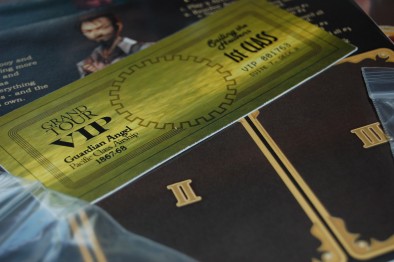
































Was part of my dear friend drahima’s gaming circle when we played this and it really is quite the awesome game. A nice deckbuilder of sorts with a few twists put in for equal measure. Well worth checking out!
BoW Ben